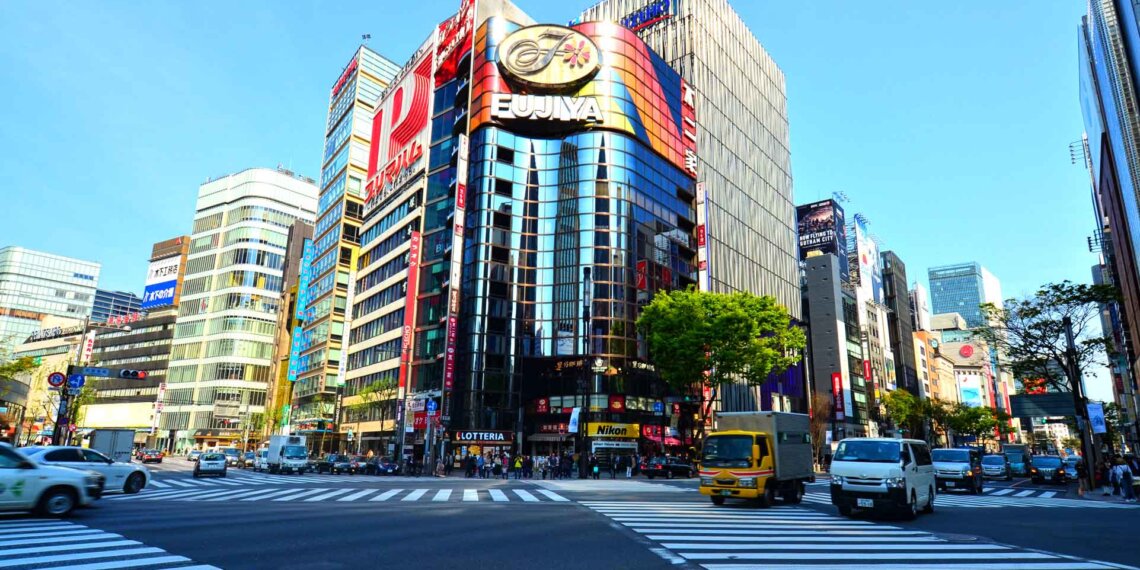Economists believe the U.S.-Japan trade agreement serves as a blueprint for upcoming international agreements because the established 15% tariff rate maintains a level that supports worldwide commercial stability.
The agreement reduces U.S. import taxes on Japanese automobiles to 15% from 27.5% while eliminating the upcoming 25% duties on additional products. The 15% tariff rate exceeds pre-trade war levels but provides stability which analysts believe will help restore business investment and planning confidence.
The agreement provides the global economy with some relief according to Jefferies analyst Mohit Kumar. Businesses can adapt to a 15% average tariff rate because it represents a workable solution.
The agreement which includes Japan’s $550 billion investment and loan package for U.S. supply chain support creates increasing pressure on China and the European Union to establish comparable trade arrangements before August.
Investors reacted positively. The Nikkei stock market in Japan increased by 3.5% while European automakers gained value because of expectations about a Washington deal.
The established 15% tariff rate demonstrates Trump’s protectionist approach yet analysts view it as a moderation from previous positions which could establish a new standard for worldwide trade regulations.










